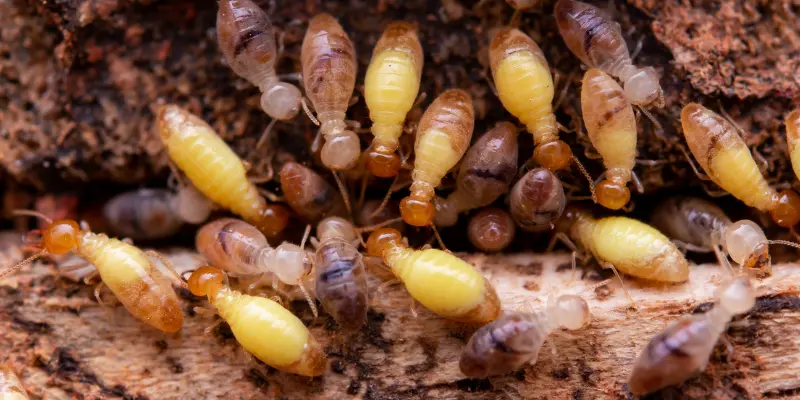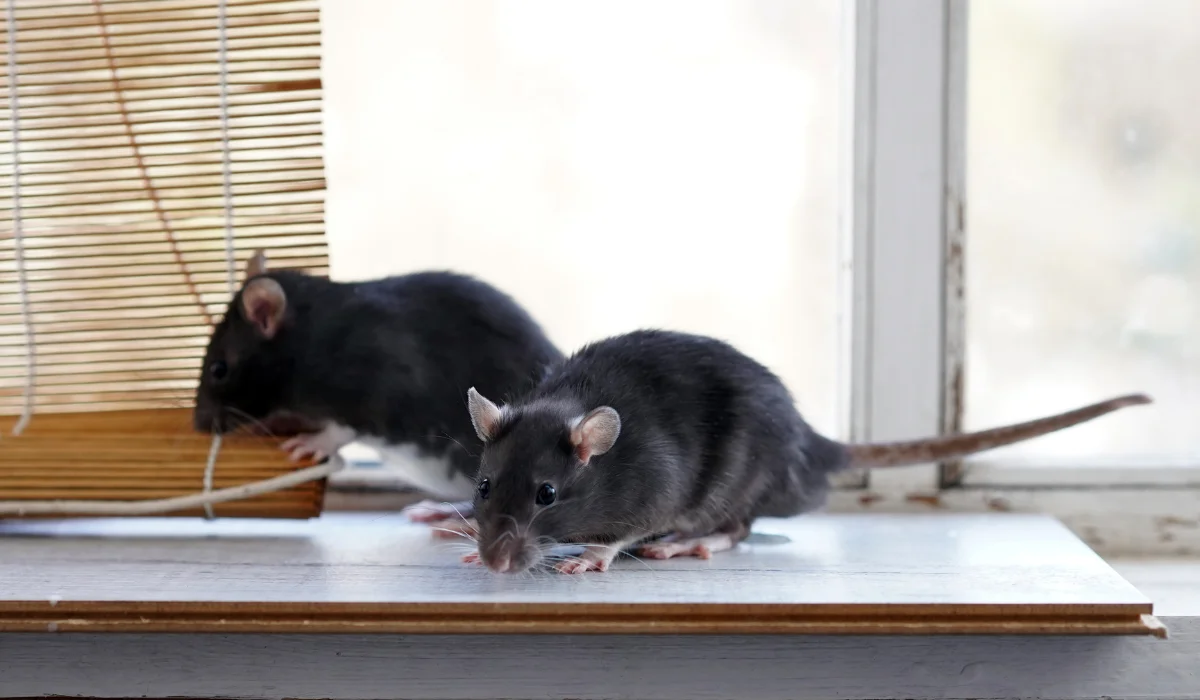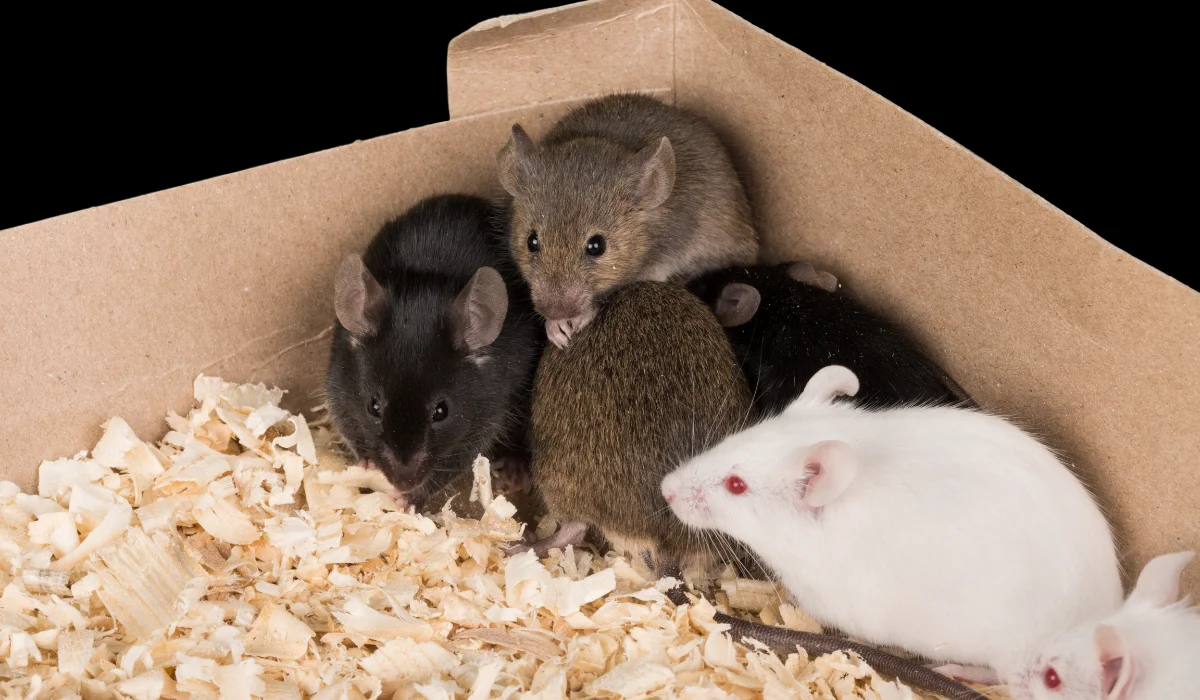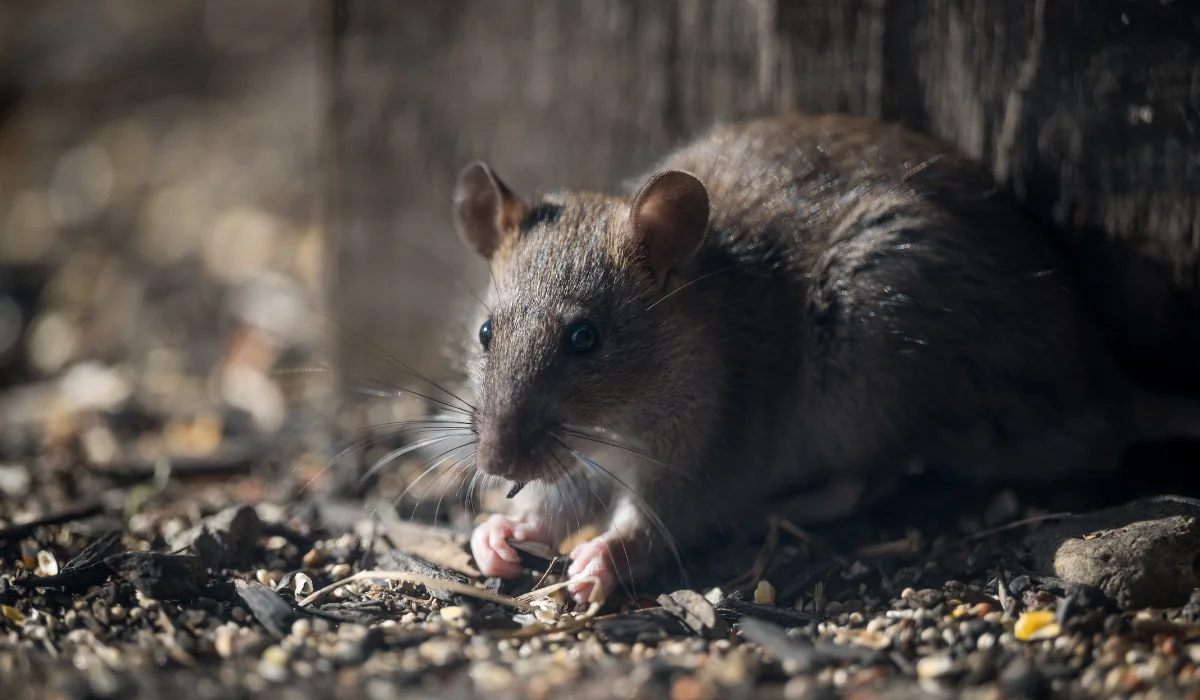Trying to figure out if you have termites or just ants? Well, they’re not the same, even if termites look like “white ants.” Both build huge colonies but play different roles in nature.
Termites munch on wood, while ants have a varied diet. With over 12,000 ant species, they’re everywhere, from tiny black ants to big army ants. Termites, though, are crucial for breaking down plant stuff.
How do these small but mighty creatures compare in terms of their benefits and dangers to human environments? Let’s dive into their world!
Key Takeaways
- Termites and ants can be distinguished by physical traits such as body shape, size, color, and differences in their antennae and wings.
- Termites eat mostly cellulose and live in complex mounds, while ants have a more varied diet and live in less towering colonies.
- Signs of infestations include ant trails and sounds for ants, termite droppings, winged termites, and paint issues for termites.
- Prevention involves regular inspections, sealing cracks, controlling moisture, and deciding between DIY and professional termite control in Slidell based on the severity of the infestation.
What’s the Difference Between Ants and Termites?
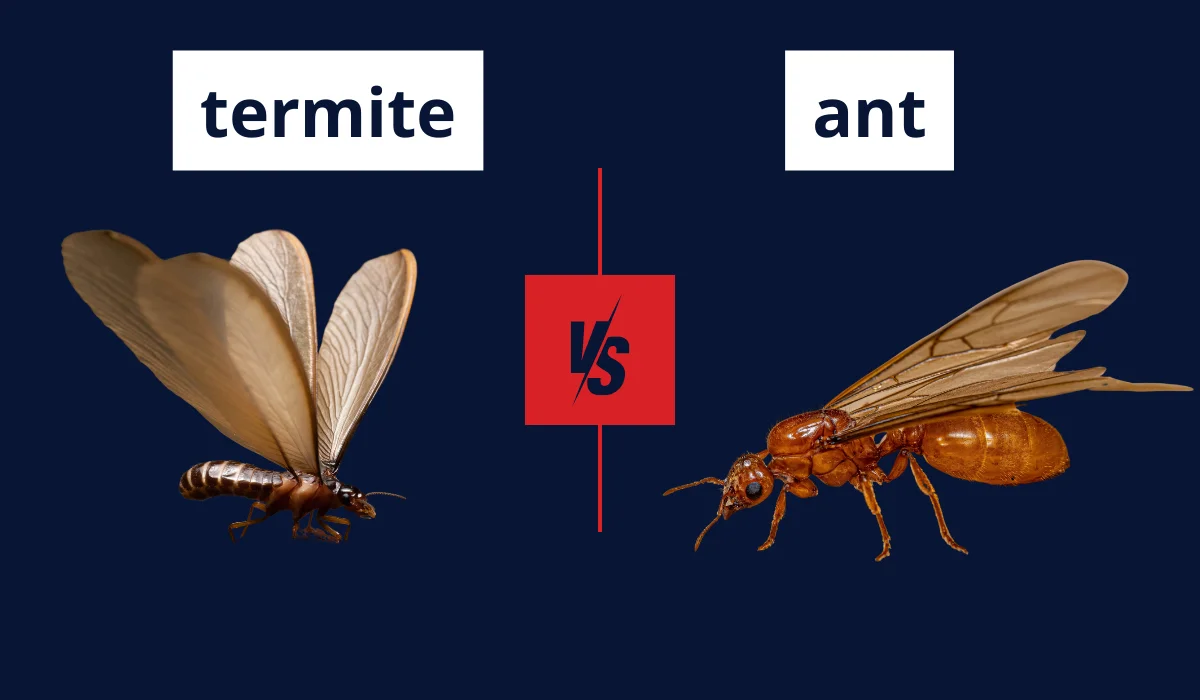
Observing the physical features of termites and ants is vital when distinguishing between them.
Physical Differences
Termites and ants each possess distinctive physical characteristics that can be compared for identification purposes.
Below is a comparison table that showcases these differences:
| Feature | Termites | Ants |
| Body Shape | Less pronounced waist, with a more uniform width from head to abdomen. | Narrow waist, creating a clear segmentation between the thorax and abdomen. |
| Size | Can vary, subterranean termites are typically around 1/8 to 1 inch. | Also varies, carpenter ants can be 1/2 to 5/8 inches long. |
| Color | Often pale, subterranean termites are creamy white to dark brown/black. | From light to dark brown, carpenter ants are often black or dark brown. |
Commonly mistaken as wasps, termite swarmers tend to have a more rectangular body shape, lacking the pinched waist of flying ants.
Representing many ant species, carpenter ants display a more hourglass figure due to their narrow waist.
Antennae and Wings
Ants and termites have distinct differences in their antennae and wings, which can aid in identification.
| Feature | Termites | Ants |
| Antennae | Termites’ antennae are straight antennae with a beaded look. | Ants’ antennae are elbowed antennae bent at an angle. |
| Forewings or Hind Wings | Termite wings are generally equal in length, such as in drywood termites. | Ant wings have a noticeable distinction, with hind wings shorter than the front wings. |
ANT VS. TERMITE NESTS AND DIET
Termites and ants exhibit distinctly different behaviors and preferences regarding their habitats and diets.
Termites vs. Ants: Nesting Habits
The table below compares typical termite mounds with ant colonies:
| Feature | Termites | Ants |
| Primary Material | Soil, saliva, feces | Soil, plant matter, resin |
| Size | Up to several meters in height | Varies, often less than 1 meter |
| Location | Tropical and subtropical regions | Global, in various environments |
| Complexity | Complex with chambers and tunnels | Often, extensive tunnel networks |
Termites vs. Ants: Diet
Termites feed predominantly on cellulose, sourcing it from:
- decayed wood
- living trees
- other plant materials
As omnivores, ants eat various things depending on availability, such as
- seeds
- nectar
- fungi
- other insects
TERMITE VS. ANTS: SIGNS OF INFESTATIONS
When suspecting ant or termite activities in your home, you must know what signs to look for. Here are the typical telltale signs of infestations to help you.
Ant Infestations
- Trails: Noticeable lines of ants moving towards food or water sources, following scent trails.
- Distinctive Sounds: Quiet clicking sounds from inside walls or wooden structures can indicate carpenter ants actively working within.
- Unusual Odors: Some species, particularly carpenter ants, can emit a faint, musty smell when disturbing their nests.
Termite Infestations
- Frass: Drywood termites leave behind frass, their wood-colored droppings, near entry points to their tunnels.
- Swarmers: The winged termites or discarded wings around windows and doors signal a potential termite colony nearby.
- Paint Distortion: Areas infested by termites might show signs of bubbling or peeling paint.
IMPACT OF INFESTATIONS
When termites or ants infest a structure, the consequences can range from a minor annoyance to significant structural damage, resulting in costly home repairs.
Here’s a closer look at how ant and termite infestations pose significant threats to the integrity of your structures
| Termites | Ants |
| They eat wood from the inside out, leading to wood damage. | Nesting can undermine soil stability under structures. |
| Mud tubes serve as paths for termites to reach food sources. | Carpenter ants leave behind wood shavings as they burrow through wood. |
| Termite damage can be extensive, requiring professional repairs. | Known to infest and spoil pantry goods, they have less structural impact. |
DIY VS PROFESSIONAL SOLUTIONS
When grappling with ant or termite problems, homeowners like you can opt for the DIY approach or hire a pest control professional. Each approach has its benefits and drawbacks.
DIY Pest Control
| Pros | Cons |
| Cost-effective compared to hiring a professional service. | It may partially eradicate the pest problem, leading to long-term issues. |
| Immediate action; no need to schedule an appointment. | Ineffective treatment could lead to a more extensive and costly infestation. |
| You have complete control over the products and methods used. | Risk of misapplying products, causing harm to the environment or health. |
Professional Pest Management
| Pros | Cons |
| Pest control experts have specialized knowledge and experience. | More expensive upfront than most DIY methods. |
| High success rate in completely removing pests. | Requires scheduling and could take longer to address the issue initially. |
| Use of professional-grade products not typically available to consumers. | You must sometimes vacate the premises during treatment. |
WHEN TO CALL A PROFESSIONAL
Experiencing the uninvited hustle and bustle of ants or the silent demolition crew known as termites? They might add some “character” to your abode, but here are the neon-sign-level cues that it’s time to ring up the pest control professionals!
Wherever you’re in Louisiana, seeking expert help should be easy. For immediate intervention for a severe infestation, let Lajaunie’s termite and ant control specialists tailor a solution that’s right for your home.
For more information about the areas we service, visit our location page.
 By: LaJaunie's Pest Control
By: LaJaunie's Pest Control 